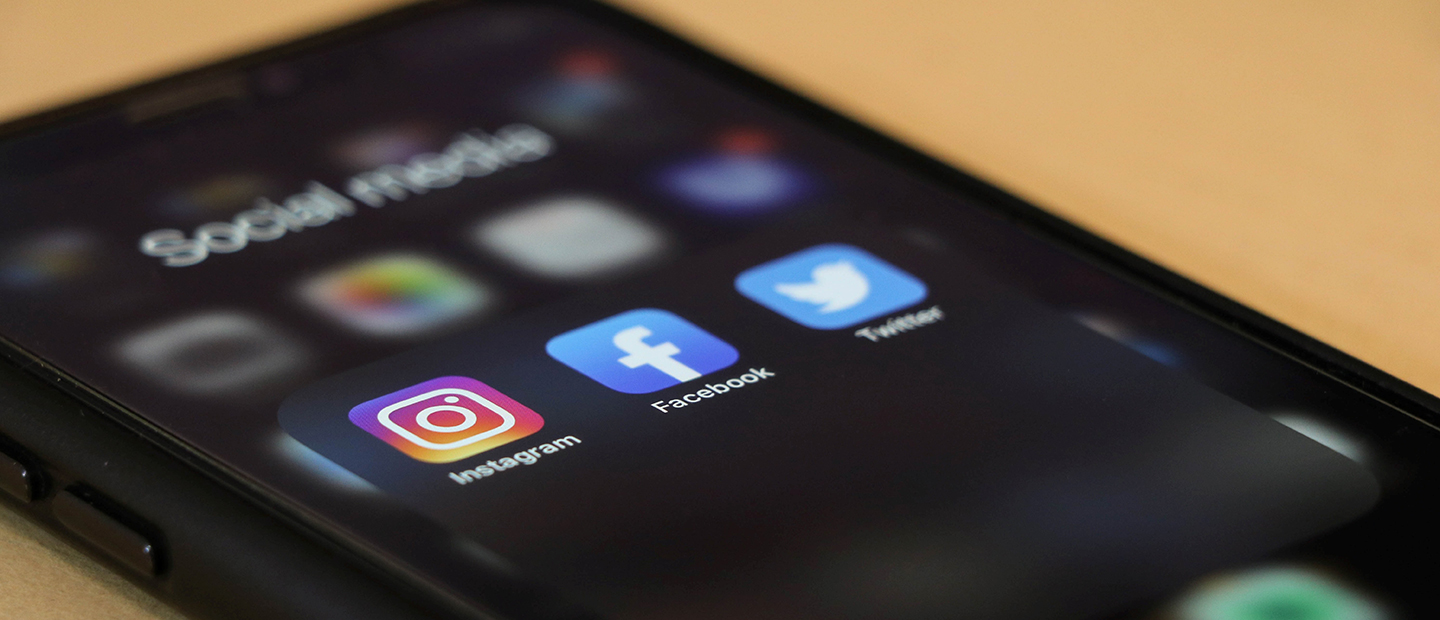Center for Excellence in Teaching and Learning
Kresge Library, Room 430
100 Library Drive
Rochester,
Michigan
48309-4479
(location map)
(248) 370-2751
[email protected]

Social Media for Teaching and Learning
Social media has become a dominant language in American society, in particular among our Gen-Z students. According to Pew Research Center (2021), 84% of young adults (18-29) use social media, especially Instagram, Snapchat, or TikTok. Incorporating social media as an instructional tool thus opens new opportunities to encourage social learning, engagement, and collaboration.
Micro learning via social media
Micro learning is a student-centered approach delivering materials in bite-size chunks. Social media acts as an effective channel to deliver micro learning experiences. Given its widespread use in public life, social media offers micro learning in conjunction with small stakes, real world application opportunities.
Research has shown positive outcomes of using social media in higher education. Integrating social media in the classroom enhances students’ media/digital literacy and critical thinking (Pangrazio, 2016). It also increases student motivation (de-Marcos, Garcia-Lopez & Garcia-Cabot, 2016) and informal participation both in and outside the classroom (Ranieri, Rosa & Manca, 2016). Furthermore, it helps student acquire social capital that will aid their personal and professional growth (Davis III, Deil-Amen, Rios-Aguilar & González Canché, 2015).
For every goal, a platform
Grevtseva, Willems and Adachi (2017) provide an especially helpful chart to break down the media forms, learning activities, and affordances of existing social media platforms. For example, YouTube lends itself to narrative forms and learning activities focused on attending and apprehending. Instructors may use the platform to deliver mini lectures and diverse forms of evidence and arguments. A good illustration of this approach is Dr. Sean Says, in which he provides creative animated videos to convey musical concepts and theories to his students.
In contrast, Twitter lends itself to communicative forms and learning activities focused on discussing and debating. Instructors may use the platform to foster interaction in either synchronous or asynchronous discussion. In addition to the platforms Grevtseva et al. account for, newer social media can also be used to extend the classroom. For example, using TikTok to provide demonstrations and study skills. A prime illustration of this approach is empoweredteaching on TikTok, in which Vanessa Cronin demonstrates dance moves and other cultural forms for her Spanish language and culture class.
Social media campaigns via Instagram
I personally have incorporated Instagram into my Social Media and PR class in Fall 2021. Throughout the semester, students worked for the College of Arts and Sciences to help amplify its digital presence. Students first conducted a competitive analysis to understand CAS’s current social media standing. Based on this analysis, they developed a social media campaign proposal with sample posts. They also received Hootsuite training and earned two certificates in social media marketing. Not only were the students helping their university, but they also gained valuable experience that bolstered their resumes and portfolios.
Conclusion
While the pandemic created unprecedented challenges for students, social media enhanced pedagogy encourages playful praxis and community-building. Educators should see social media less as a distraction and more as a communicative form offering opportunities to fuel motivation in student learning.
References and Resources
This teaching tip and more resources are available in CETL’s Social Media and Twitter for Teaching and Research: Faculty Resources.
Auxier, B., & Anderson, M. (2021, April 7). Social Media Use in 2021. Pew Research Center.
Davis III, C. H., Deil-Amen, R., Rios-Aguilar, C., & González Canché, M. S. (2015). Social media, higher education, and community colleges: A research synthesis and implications for the study of two-year institutions. Community College Journal of Research and Practice, 39(5), 409-422.
de-Marcos, L., Garcia-Lopez, E., & Garcia-Cabot, A. (2016). On the effectiveness of game-like and social approaches in learning: Comparing educational gaming, gamification & social networking. Computers & Education, 95, 99-113.
Grevtseva, Y., Willems, J., & Adachi, C. (2017). Social media as a tool for microlearning in the context of higher education. Proceeding of the 4thEuropean Conference on Social Media. ACPI.
Pangrazio, L. (2016). Reconceptualising critical digital literacy. Discourse: Studies in the cultural politics of education, 37(2), 163-174.
Ranieri, M., Rosa, A., & Manca, S. (2016). Unlocking the potential of social media for participation, content creation and e-engagement. Students’ perspectives and empowerment. In E. Brown, A. Krastiva & M. Ranieri (Eds.),E-learning and social media: Education and citizenship for the digital 21st century pp. 223-248). Charlotte, NC USA: IAP.
Save and adapt a Google Doc version of this teaching tip.
About the Author
Chiaoning Su is an Assistant Professor in the Department of Communication, Journalism and Public Relations and the advisor of Public Relations Student Society of America (PRSSA) at Oakland University. Her teaching philosophy centers on high impact learning achieved through playful praxis. She won the 2020 Honors College Inspiration Award and the 2021 Teaching Excellence Award. Prior to her academic career, Su worked as a communication specialist at Ogilvy Public Relations and for several political campaigns in Taiwan.
Photo by dole777 on Unsplash. Others may share and adapt under Creative Commons License CC BY-NC. View all CETL Weekly Teaching Tips. Follow these and more on Facebook, Twitter, and LinkedIn.



